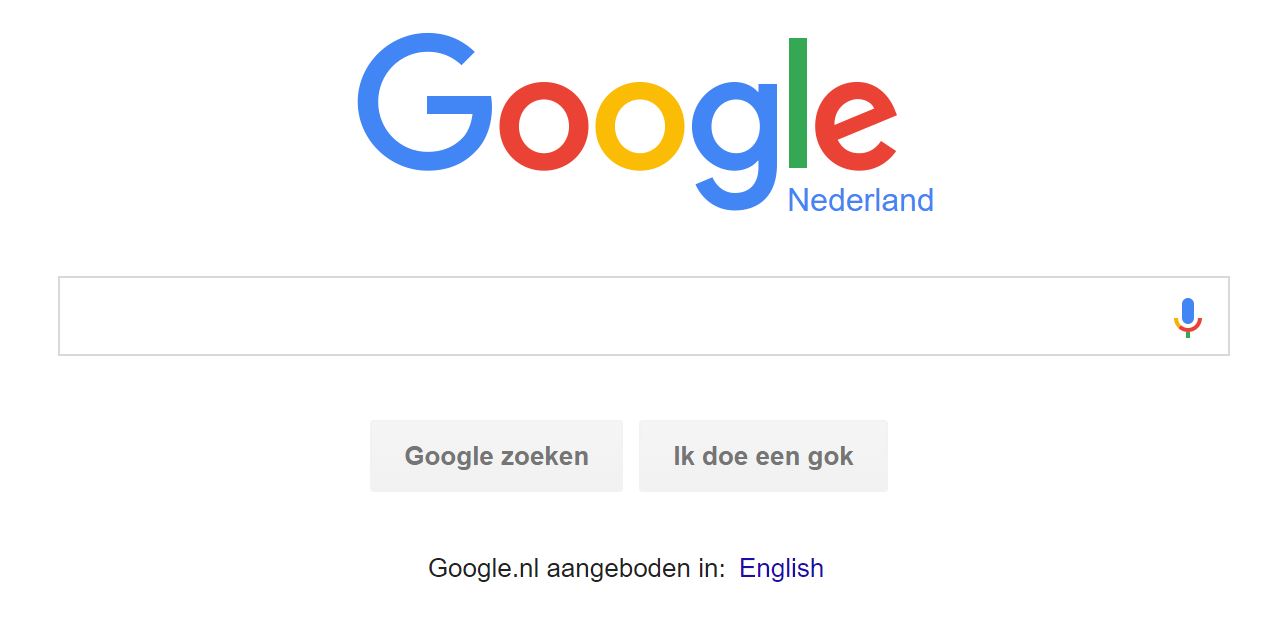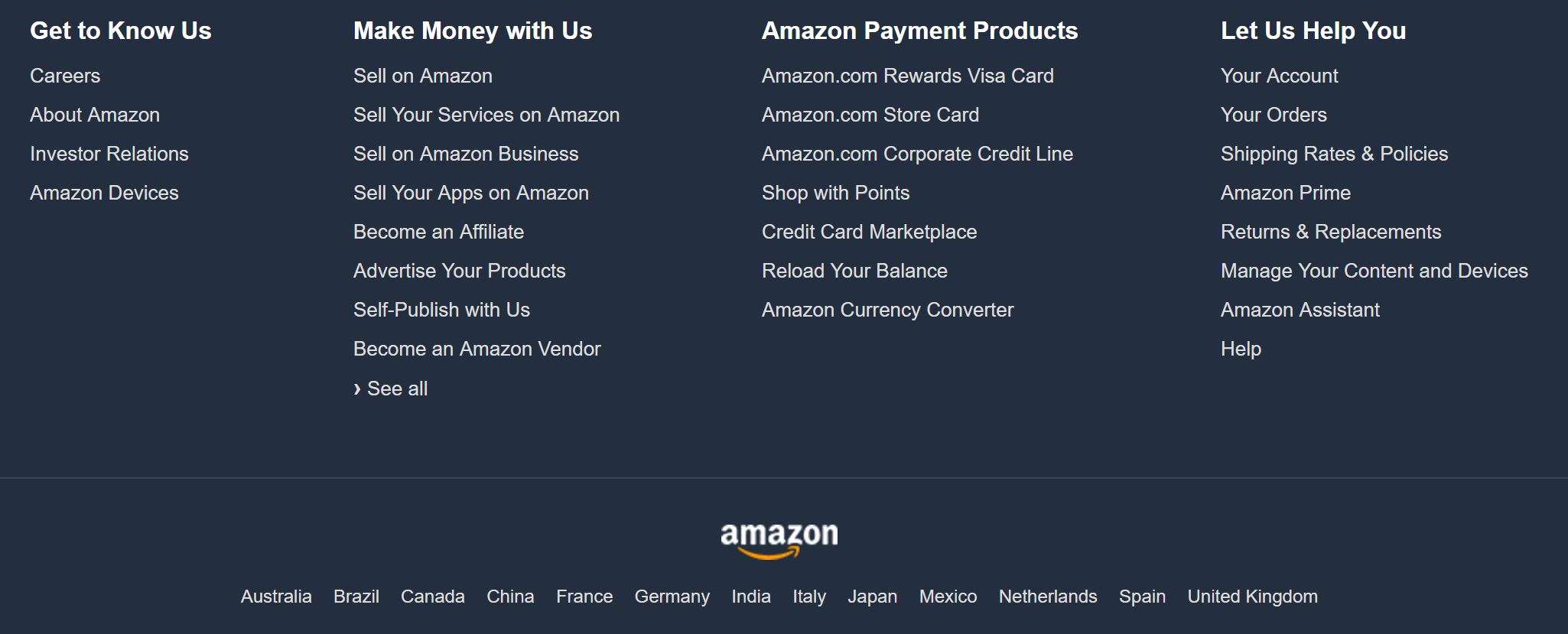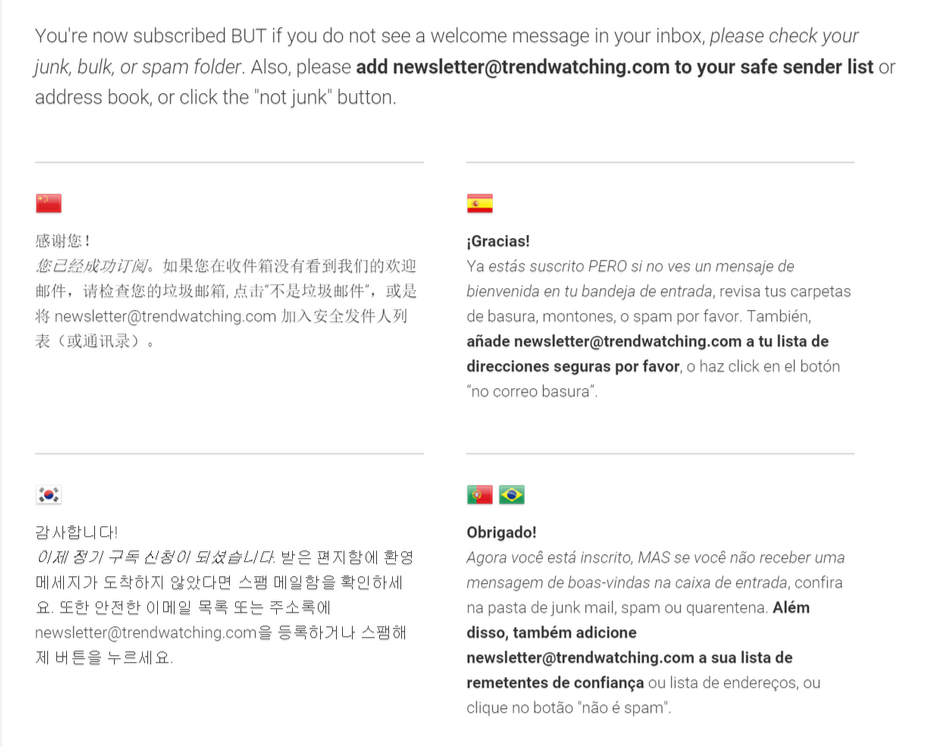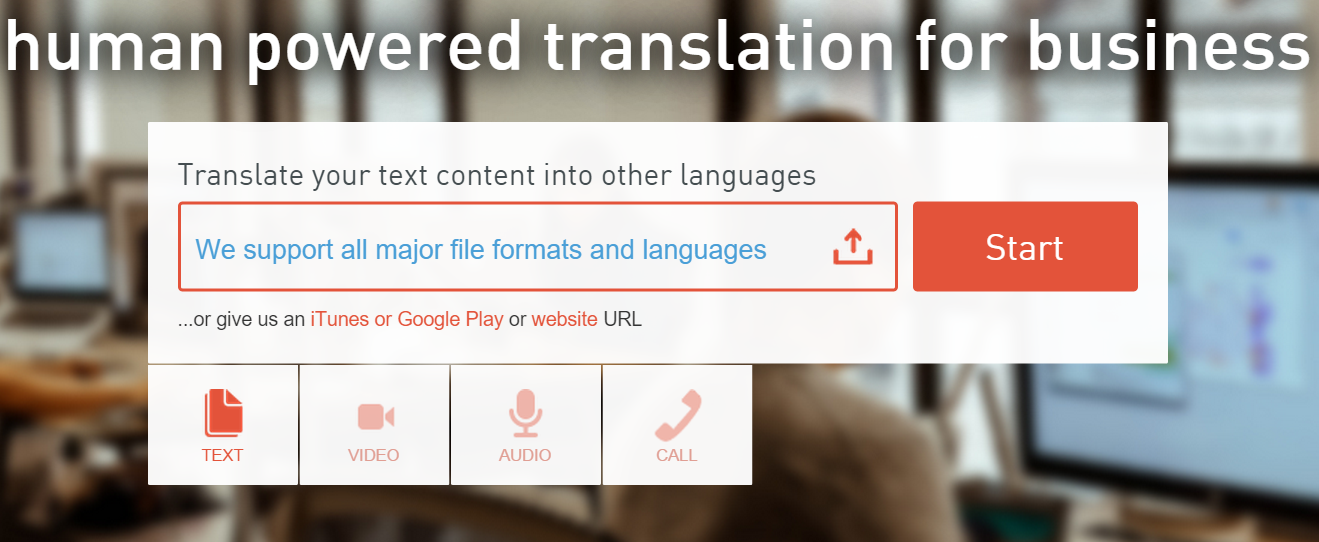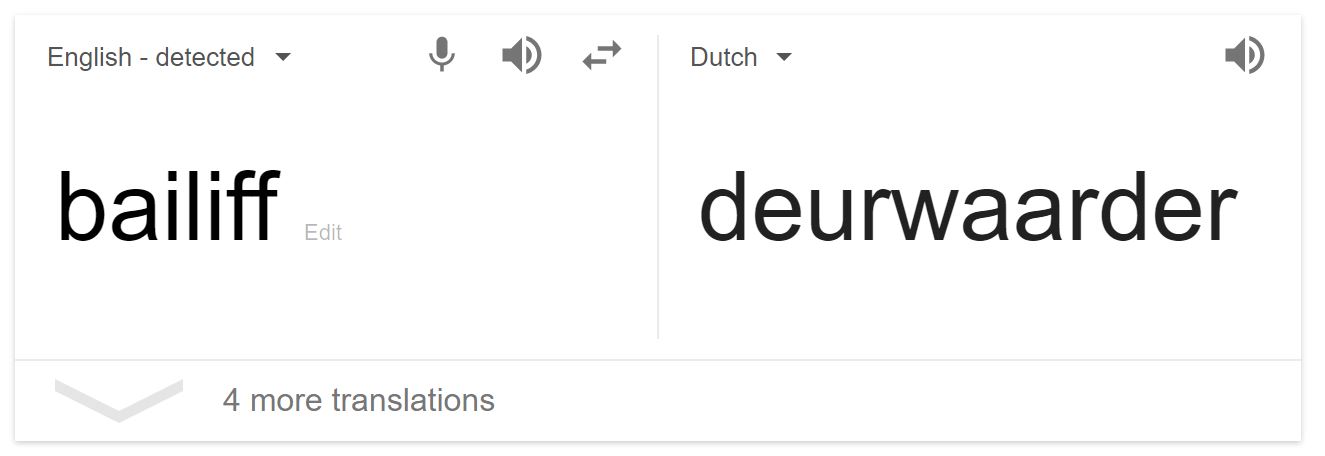
KNOWLEDGE BASE Language Localization
The information on this page was current at the time it was published. Regulations, trends, statistics, and other information are constantly changing. While we strive to update our Knowledge Base, we strongly suggest you use these pages as a general guide and be sure to verify any regulations, statistics, guidelines, or other information that are important to your efforts.
Language Localization for The Netherlands
One thing you’ll have to thoroughly consider for entering the Dutch market is language localization. The official language of the Netherlands is Dutch. That being said, a significant majority of the Dutch speak at least some English. Your language strategy will depend on a combination of factors - your budget, how technical your product or service is, whether you are B2B or B2C, how local you want to be perceived (you may want to stand out as a brand from another country), and your timeline, among others. If your current site and communications are in English, you do have some flexibility.
For B2B, you could continue to use English and localize specific pages, tool tips, and manuals, and convert more and more over time as it makes sense. Having a fully localized site and communications strategy sends the message that you are taking the market seriously, are planning for a long-term commitment, and that you respect the cultural and language differences.
For B2C, it makes more sense that your site and communications be in Dutch and truly localized to a Dutch consumer, but it's not necessarily required. Because so many Dutch speak English, you will still reach many potential customers with Engish and can strategically translate specific communications, pages, use tool tips, make sure payment options are localized, and covert more over time as you can and it makes sense.
If you’re ready to get started, we’ll walk you through some of the ways that you can smoothly move from English (or another language) to Dutch. And these guidelines are also useful for you as you move into additional countries with their own languages.
Going from language A to language B
If you are going to use a language other than your own on your website, app, or marketing materials, it’s often not enough to use the free translation tools to translate your content. Context and meaning don’t necessarily directly translate very well. If you are on a tight budget, you can use a free translation tool such as Google Translate.
Identify and remove all slang before translating to Dutch
But there are steps you should take to improve the accuracy of the translation and likelihood that your app isn’t complete gibberish. Grab all of the copy on your website and app and review it to see if you’re using terms and sentences that are not direct descriptions and only have meaning in your own country and region. If you can find a local student or other trustworthy person, have them review your copy as well to look for anything that might confuse, inadvertently insult, or turn away a local potential customer.
Some examples of things we say in the US that probably mean absolutely nothing elsewhere include:
-
Back to the drawing board
-
Pick, pack, ship
-
MVP
-
Hit the ground running
-
Hit it out of the park
-
Deepen the relationship
-
Low-hanging fruit
-
Thinking outside the box
-
Let’s touch base
-
On your radar
-
Having the bandwidth
-
Par for the course
-
Bang for your buck
Make sure everything you are translating belongs for the Dutch market
Before you start translating your content in Dutch, think about those things that actually shouldn’t be directly translated before being updated for the local market. For instance, contact names, addresses, and phone numbers fall into this category. If you aren't selling some of your product or service line in this market, remove those from your site. If you can’t remove them, be clear that they are sold in limited markets.
Sites with multiple language versions or with mixed languages
Even if English is the primary language of your site, you may want the flexibility to offer other languages as well. Google.nl, the most visited site in the Netherlands, gives users the option to toggle between 2 different languages.
Amazon.com has versions of its site for a number of different countries, allowing for language localization in each version. Once a country is selected from the menu at the bottom of the page, the site switches to the selected country version with its own language. And when the toggle is in the same place on every version, a person can quickly find their way back if they accidentally send themselves to a language they can’t read. That’s another good tactic you should know about.
In some cases, having multiple translations together is an option, especially for things like email or other communications. This welcome email from Trendwatching.com offers up the welcome message in more than one language at once, including the English in which it was sent.
Other top sites, such as Facebook and YouTube, are platforms that are essentially localized by their users, who enter content in their own languages. The sites are coded to allow for multiple languages.
Stick to one language per page on your website
Google does not read the language coding on pages and will try to work the language out by itself. Therefore, it recommends that you use just one language per page. Since your SEO strategy is tied to the words on your page, increase your success by minimizing how often you use more than one language on any page. Instead, develop pages for each language that you use.
Use a translation service for localizing in Dutch
If you have just a little budget, by paying a couple of hundred dollars you will have a much more accurate translation using one of the new translation services that are either all human translation by locals such as VerbalizeIt, or combined machine and human translation such as Localize JS, a 2015 Techstars company, and Gengo, a 500 Startups company. All of these offer much higher quality translations at a reasonable price.
Code for multiple languages
You can code for language and it’s a good idea if you have the resources. There are many aspects to multi-language sites that can be improved through coding. For example:
-
The language you use may be segregated by page or by site, but there may be times that you use multiple languages on one page. Defining the language in your code is a good idea.
-
It’s always good to adjust for font size depending on which language is being displayed. The correct font size for English, for instance, will be too small for reading Chinese characters.
-
Think about how your page layout should change for languages that are not read left-to-right. If the language goes from right to left, think about right-justifying your content to match.
-
Word length varies by language. Take this into account as you design the layout of your pages and build in the length of features such as search bars. What may fit in one language will not automatically work in another language. German has notoriously long words compared to English. And here’s a good example of how a legal term translates from English to Dutch.
Having some sort of international appeal can be attractive and using a mix of languages on your app and website might be the best approach for you. Even with B2B companies where English is the default business language, it’s probably helpful to have detailed information in the local language but headlines and promotional copy in English.
Support B2B relationships in the Netherlands
So, let’s suppose for a moment that you are really trying hard to develop a business relationship with a Dutch company. Maybe you want to partner with them, or you want them to buy your service or sell your product to their customers. But you don’t have the business yet so you are hesitant to jump fully into Dutch in all that you do. Though over 90% of the Dutch speak some level of English and senior managers could very well have a command on the language, it will put you in a positive light if you demonstrate that you are willing to engage in Dutch.
Make an effort with your Dutch. Learn some Dutch yourself, bring Dutch-speaking team members, or engage in locals who can translate and assist you. In other words, show that you respect their language and are interested in using it.
Determine what a minimum looks like. If you were on the other end of the conversation and someone from a country that speaks a different language was trying to engage with you, what are the things you’d need to even consider it? Would it be the ‘quick user guide’? The basic set of manuals? Engineering drawings? Government or regulatory documents? Marketing materials? Think through what would be helpful to the Dutch in understanding, using, and supporting your product. And talk with them about it. Make sure you understand where their needs and concerns lie. You may not have to translate a thousand pages of documents when the user guide will handle it to start.
For B2B applications, develop tooltips in Dutch for your site. Let them know where the key information is and consider using universal icons, or at least giving them a ‘translation guide’ to help them decipher your site.
In other words, it may not make sense to do a full Dutch translation version for your B2B business, but show that you are committed, reliable, understand the minimum requirements to get started, and are willing to make the effort for them as you’d like them to make the effort for you.
Localize for language in the Netherlands
If you are going to be conducting B2C business in the Netherlands, you will want to consider using Dutch in your site content, apps, marketing, and any supporting documentation. The Dutch have many excellent options within their country with which you’ll be competing, and using Dutch is a strategy to help the locals accept, understand, and feel comfortable with your product or service.
And while many Dutch business people speak English, there are steps you can take in using Dutch that will increase your odds for success and help you win the trust, respect, and partnership of Dutch companies.
KNOWLEDGE BASE Language Localization



